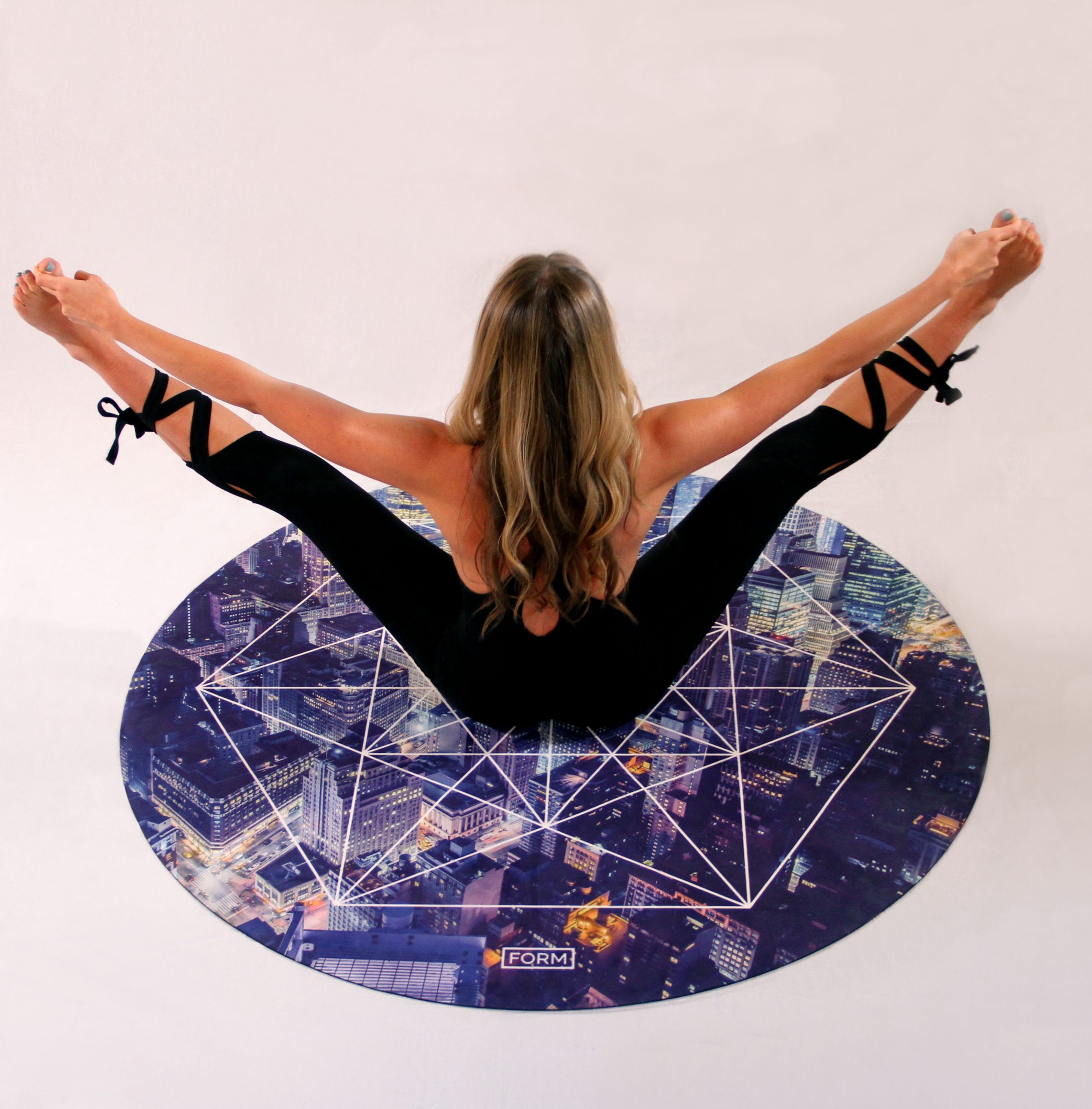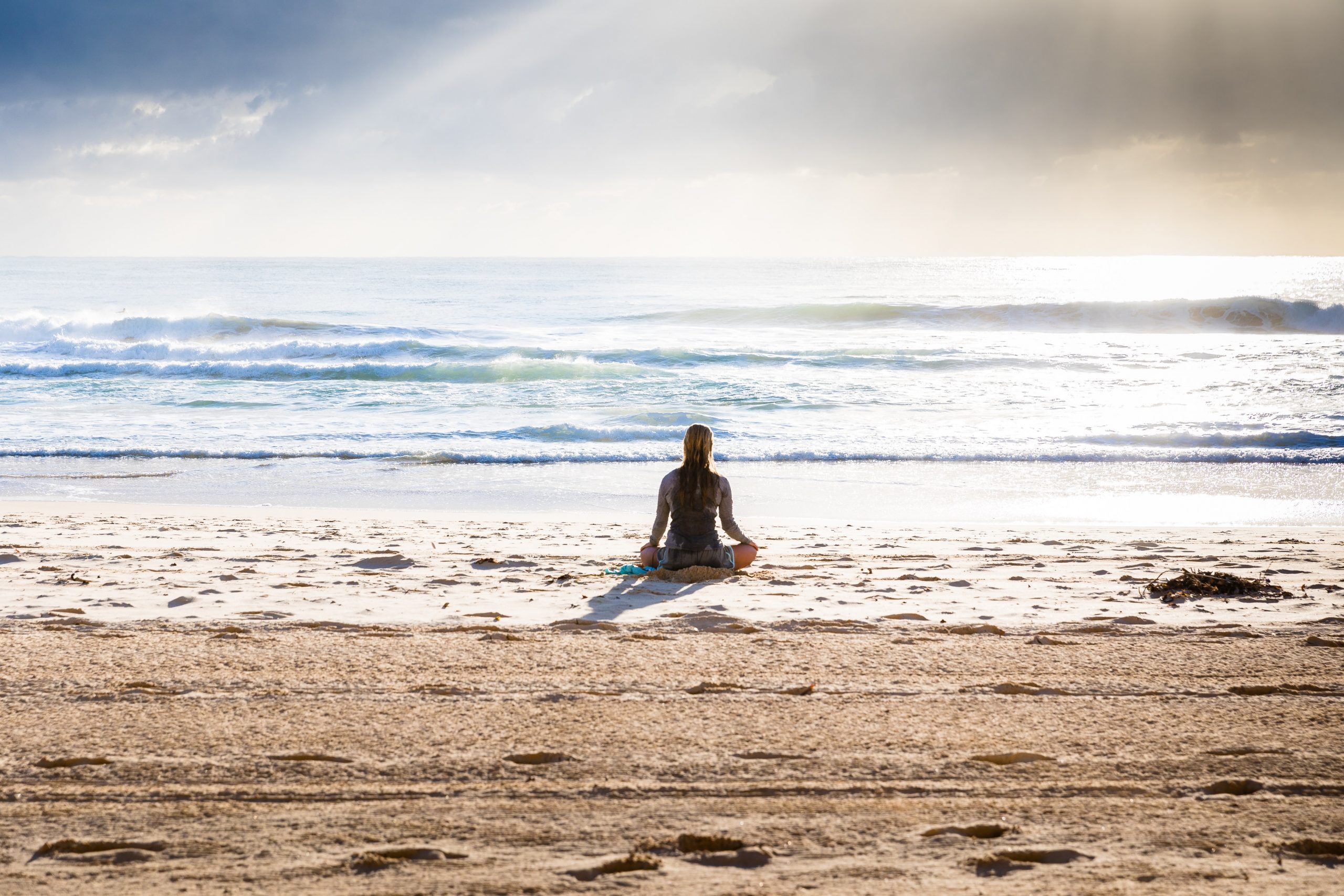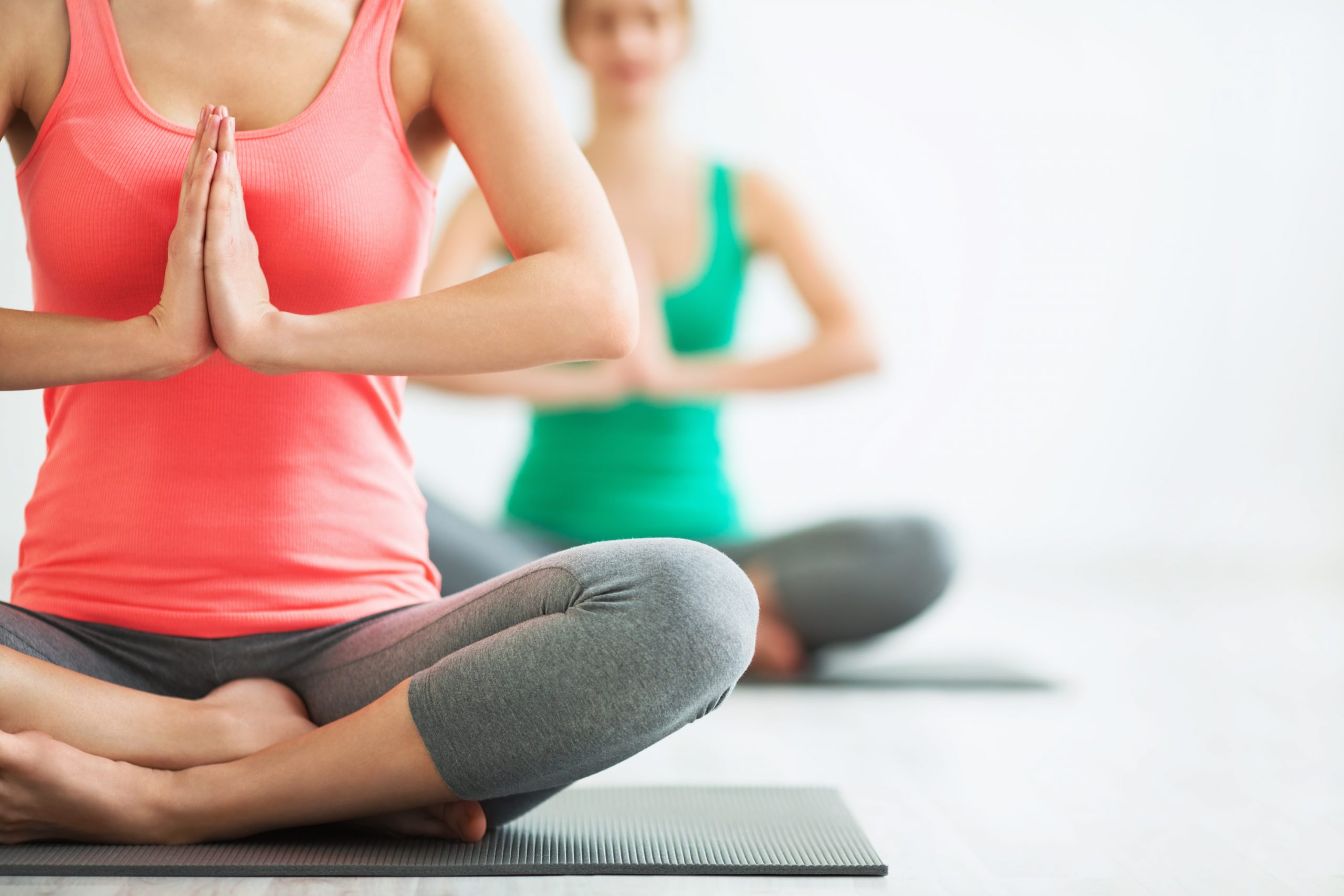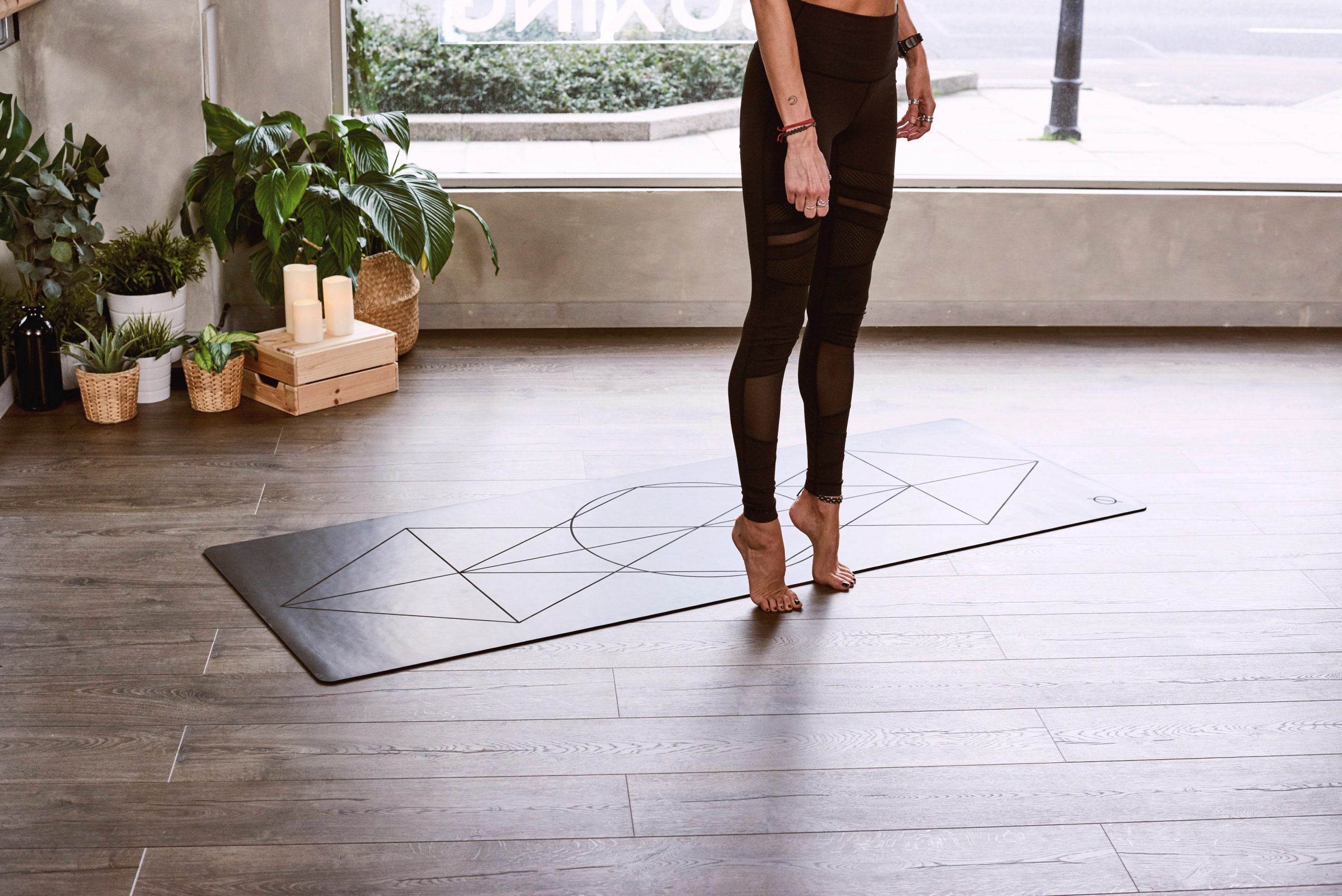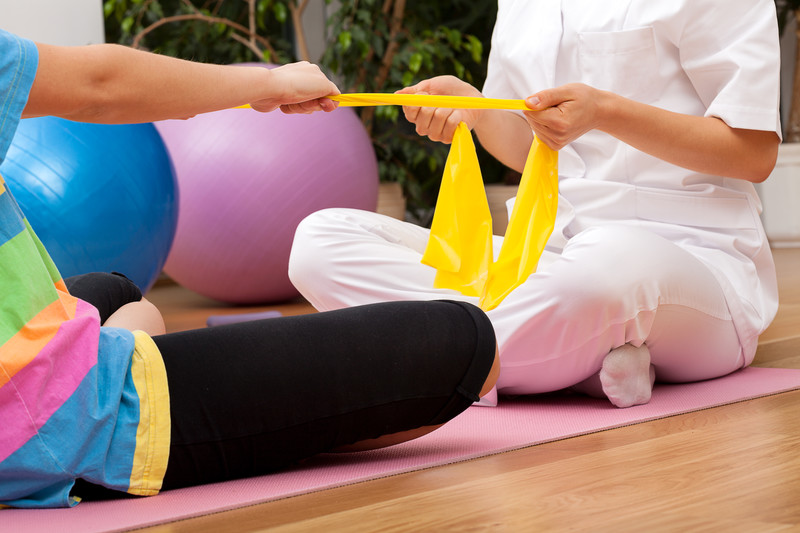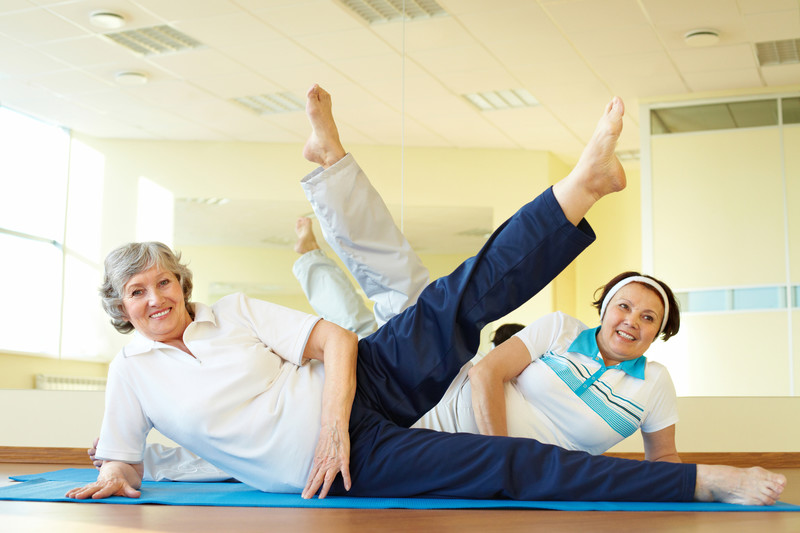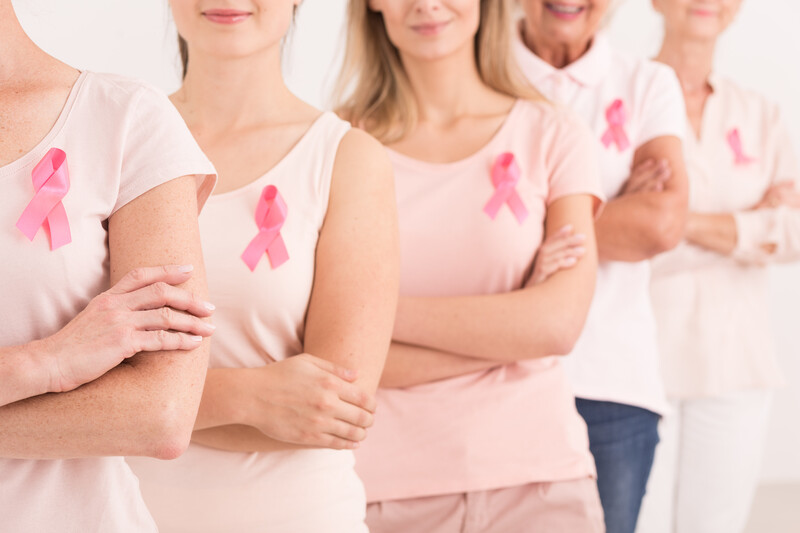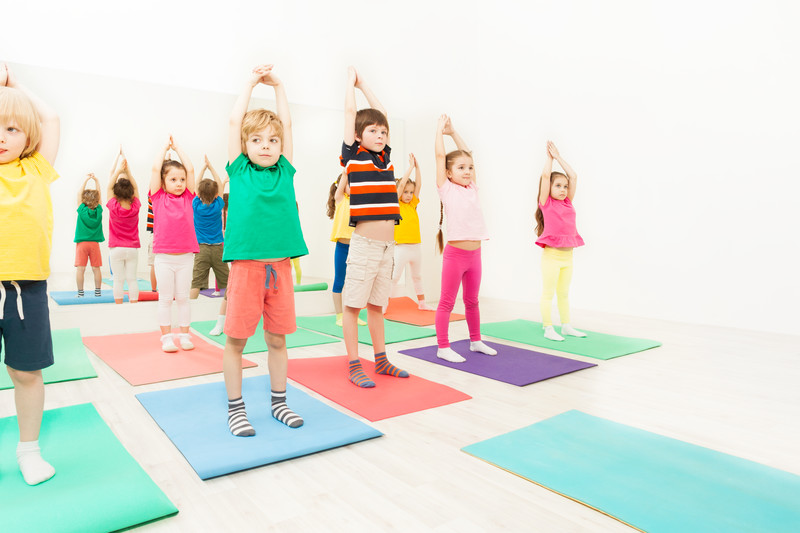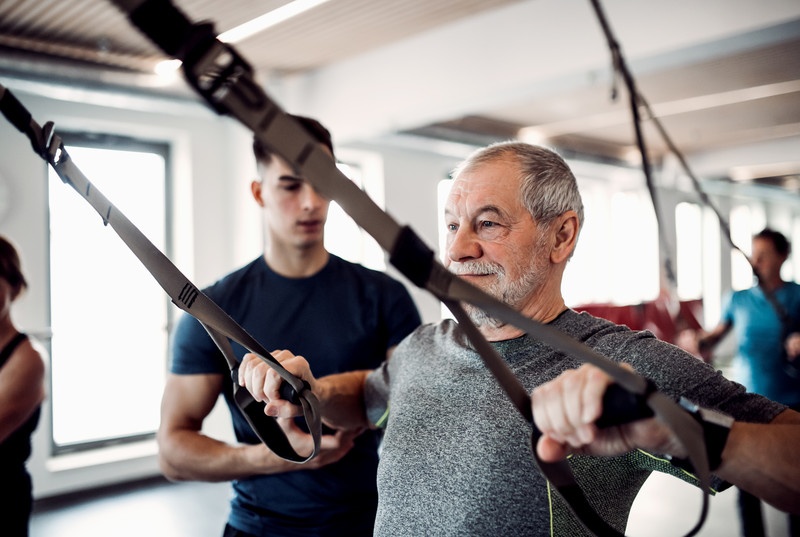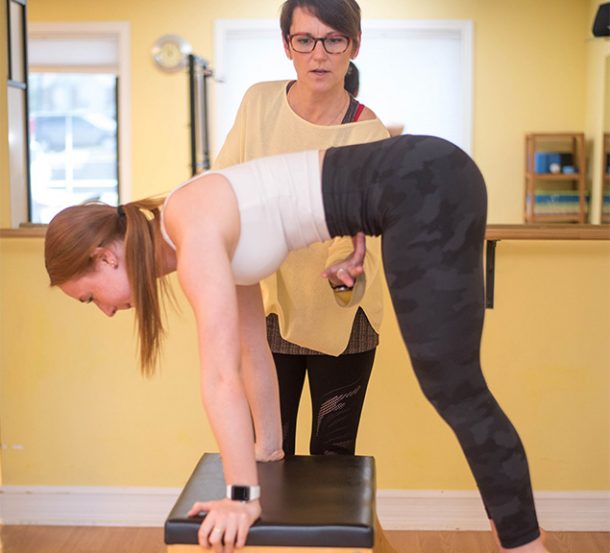What is Clinical Pilates?
July 14, 2021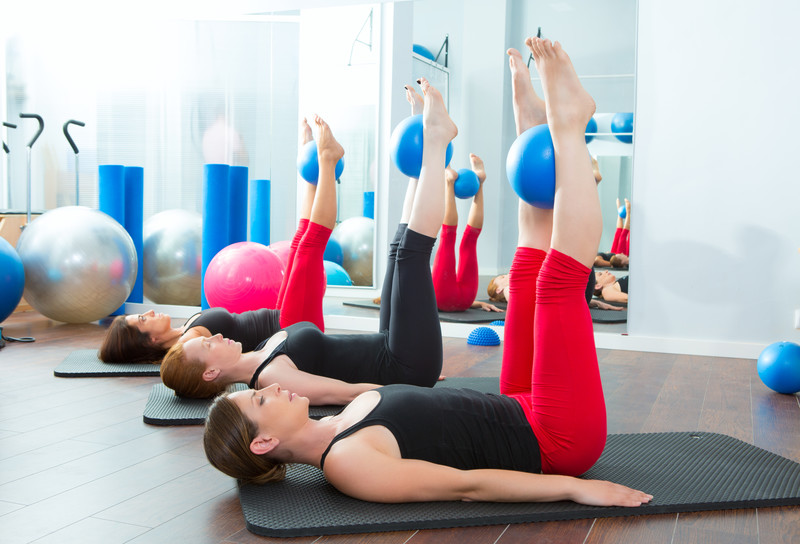
If you’ve only heard of Pilates as a popular core-based exercise, you’re missing out. Pilates is a wide-ranging form of exercise from which many different disciplines have grown. You might have heard of mat Pilates, reformer Pilates and more. As physiotherapists, we find that clinical Pilates is the most practical and beneficial for our patients. The original intention behind Pilates was to support rehabilitation for soldiers. Today, clinical Pilates stays true to the original rehabilitation focus of these exercises. Here’s what you need to know about how clinical physiotherapy can help you.
What Does Clinical Mean?
Clinical is a word we use a lot in healthcare, which essentially just means the treatment of patients. Clinical Pilates is therefore distinguished by focusing on treating patients instead of just being a fun outlet for exercise. We set clinical goals such as recovering from an injury by rebuilding strength, range of motion, balance, and reducing pain. We might also set the goal of preventing injury, improving work or sport performance, or other goals you might have. We then focus on the clinical Pilates exercises that will help support you in those goals. There’s hard research and knowledge behind which exercises and what regimen we recommend!
Clinical Pilates must be run by qualified physiotherapists who have the training to assess your needs and create an exercise regimen that will support your goals. Our team will ensure that the exercises are both safe and effective.
What is Pilates About?
Pilates is a series of exercises focused primarily, but not exclusively, on the core muscles. This helps you gain strength in the supportive muscles that can protect other parts of your body from injury and pain. Clinical Pilates targets the exact areas that you need to improve.
What Can Clinical Pilates Help With?
Clinical Pilates is highly adaptable and can help those with a range of issues and concerns, including:
- Back pain: Back pain can be reduced or eliminated with better posture and stronger supportive muscles to take stress off the injured or sore areas.
- Neck pain: Like back pain, a lot of neck pain is the result of poor posture and loss of strength in supportive core muscles. Clinical Pilates can help improve strength, flexibility, and posture. You will also learn stretches to prevent neck soreness from sitting all day.
- Rehabilitation: Clinical Pilates can help you recover from surgeries and other medical procedures to regain your full range of motion and strength in the affected areas.
- Other injuries: Injuries that do not require surgery can benefit from Clinical Pilates.
- Prevent falls: Especially in the elderly, a lack of strength and balance can lead to falls, which are much more serious as we age. Clinical Pilates can reduce the odds of falls and protect you from injury.
- Prevent injuries: Workplace injuries and sport injuries can both be prevented with Clinical Pilates.
The team at ABsolute Pilates can help you decide if clinical Pilates is the right choice to help you meet your physical rehabilitation goals. Reach out to us to discuss your needs today!
